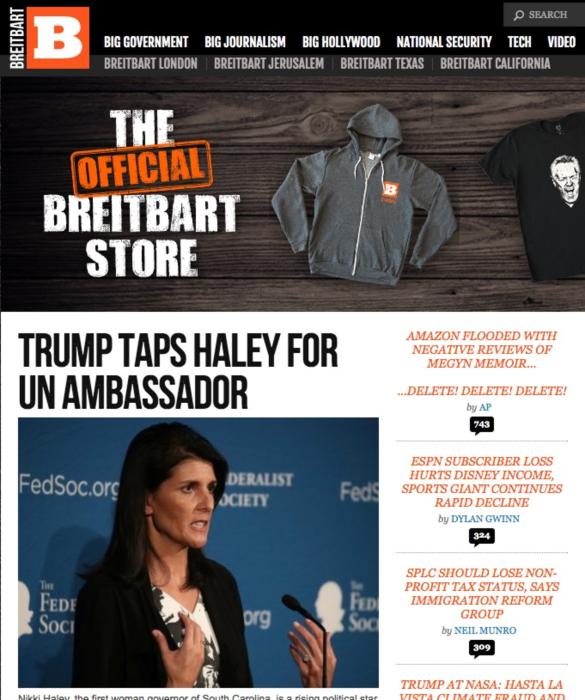The New York Times tackled the fake and controversial news and advertising issue recently, asking in a headline: “Is Online Reach Worth the Hurt?”
The article explores how brands are increasingly beholden to the speed and cost of automation, which places ads on more sites with less control (and knowledge of exactly where your ads are going) and the long tail, where ads go on more obscure sites with a more narrowly interested audience that likely have less quality control.
It’s always been hard enough to determine if the sites ads run on are and continue to be considered “quality”, but the proliferation of sites set up for the sole purpose of gaming outrage and fake news only complicates matters. Advertisers do not want to have to worry about this. The Times reported the issue as thus:
Marc Goldberg, chief executive of Trust Metrics, an ad safety vendor, said the effort to remove bad actors ignored the fact that many advertisers value impressions over everything else. They would rather not choose and monitor what websites they are appearing on, he said, because they worry they will miss out on potentially lucrative destinations.
Compounding the issue is that threatened boycotts on both sides of the aisle can amass quickly and without truly understanding the technology behind a supposed ad supporting a “bad cause.”
Personalization can mean that an ad follows you from site to site, and it’s possible that it will appear on a questionable site that has not been blacklisted. Additionally, even reputable publications produce bad or poorly argued work which means a previously whitelisted site can overnight become a major headache if they wrote something that a sizable number of people decide the site and its advertisers deserve a boycott.
The reality is advertising is increasingly more complicated, automated, and caught up in the changing perceptions in time. Ensuring ads are on the right sites at the right times, not only for actual selling of goods and brand building, but avoidance of ire is become a job that is too big for brands to handle. Better solutions need to be identified in 2017.








